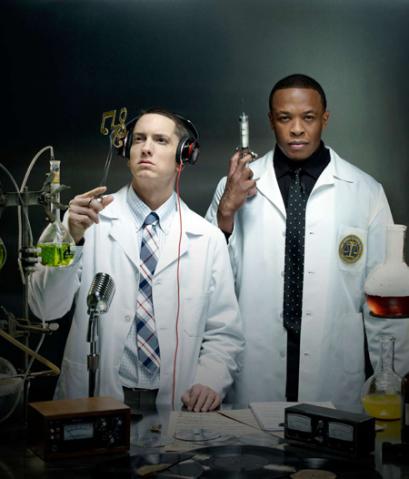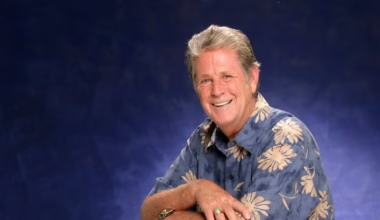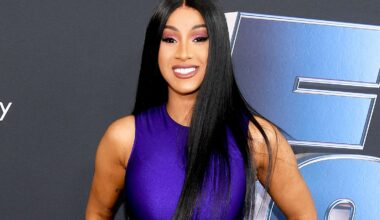· 29/07/2025 · 0 Comment
Long before the name Eminem became synonymous with global rap domination, an unknown battle rapper from Detroit was clawing his way through local competitions, hustling to get his voice heard. His life would change forever after a single performance at the 1997 Rap Olympics, a scrappy freestyle tournament in Los Angeles that would set the stage for one of the most pivotal partnerships in hip-hop history.
A Demo That Lit the Fire
After placing second in the Rap Olympics, a frustrated Marshall Mathers—better known as Eminem—handed a rough demo tape to a young Interscope Records intern. The intern, convinced that this “angry white kid from Detroit” had something raw and electrifying, passed it along to the label’s executive team.

When legendary producer Jimmy Iovine first heard the demo, he reportedly quipped to Dr. Dre:
“He’s a white rapper who sounds like his pants are on fire. You have to hear this.”
Dre, who was already scouting for his next big star after working with Snoop Dogg and Tupac, wasn’t convinced—until he popped in the CD. Within minutes, Dre knew. His response was short but explosive:
“Find him. Now.”
The Yellow Sweatsuit Moment
The now-legendary first meeting between Eminem and Dr. Dre has been recounted by both artists over the years, but few remember the detail of the bright yellow sweatsuit that Eminem wore during his first visit to Dre’s studio. “I had nothing else to wear,” Eminem once joked. “I looked like Big Bird crashing a hip-hop party.”
But once the beat dropped, there were no doubts. Dre played an instrumental, and Eminem immediately started freestyling—one take, no hesitation. “I’d never seen anything like it,” Dre later said in interviews. “He just started rapping, line after line, no pen, no paper. I knew right then we were about to change the game.”
Rap Olympics: The Turning Point

The Rap Olympics freestyle battle that brought Eminem to L.A. was a gritty, underdog affair. Em had scraped together money to fly out from Detroit, hoping the exposure would open doors. Though he lost in the final round, his unique cadence, biting humor, and relentless delivery caught the attention of those who mattered. The intern who snagged his demo—identified only as “Dean” in later interviews—called him “the hungriest rapper I’d ever seen.”
Little did Eminem know, that one freestyle battle and a burned CD would land on the desk of hip-hop’s most influential producer.
The Birth of a Legend
What followed was nothing short of history. Dre signed Eminem to Aftermath Entertainment, and the two went to work on The Slim Shady LP, which would drop in 1999 and go on to sell over 10 million copies worldwide. Songs like “My Name Is” and “Guilty Conscience” didn’t just put Eminem on the map—they redrew the boundaries of what hip-hop could sound like.
Dre’s polished, West Coast-inspired production paired perfectly with Eminem’s razor-sharp wordplay and unfiltered storytelling. “From day one, Dre treated me like an artist, not a gimmick,” Eminem later told Rolling Stone. “He believed in me when nobody else did.”
A Cultural Earthquake

Eminem’s rise wasn’t just about record sales—it was about breaking stereotypes. At a time when few believed a white battle rapper from Detroit could achieve mainstream respect in hip-hop, Dre’s co-sign made all the difference. “It wasn’t about color,” Dre said. “It was about talent, and this guy had it in spades.”
Today, Eminem is one of the best-selling artists of all time, with over 220 million records sold and countless awards, including 15 Grammys and an Oscar. But the entire trajectory of his career—and modern hip-hop—might have looked very different if not for that one freestyle at the Rap Olympics and that fateful demo landing in the right hands.
Bottom Line
From a low-budget CD handed off by a determined intern to Dr. Dre’s demand—“Find him. Now.”—Eminem’s story is proof that lightning can strike in the most unexpected places. One yellow sweatsuit, one hungry rapper, and one producer’s instinct combined to create a cultural phenomenon that continues to shape music decades later.





